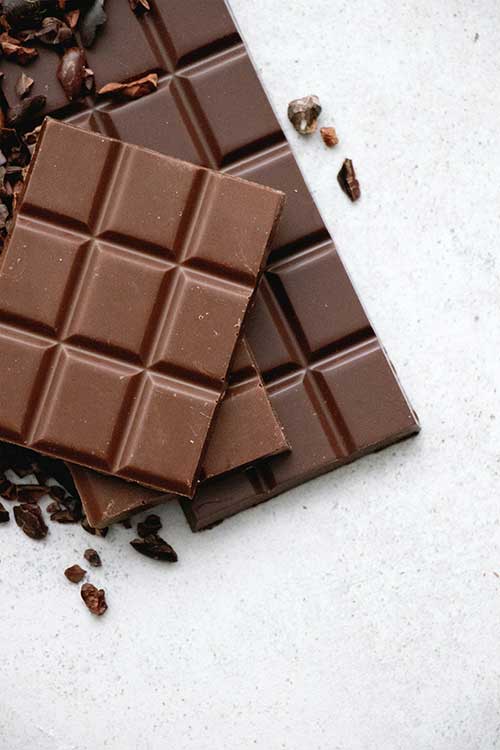Much of what we do at Frozen Jose Mier’s freezer also involves baking. Some frozen items must be caked first (and we’re not even talking about baked Alaska). And much of the goods baked will include chocolate. So what’s the difference between all the different kinds?
What’s the difference between semisweet and bittersweet chocolate? Is it okay to use Dutch cocoa in all my dishes calling for some type of cocoa? Comprehending the difference in chocolate and how they are used is important to baking. In this guide, we’ll determine the qualities of those chocolates used in baking.
Let’s start with cocoa. It’s is the dry powdered chocolate stemmed from chocolate alcohol. It is available in two types: dutch and natural process. What we call Dutch processed cocoa is processed with the aid of an alkaline. It is somewhat darker, smoother, and more quickly liquified than natural cocoa. In numerous dishes, natural cocoa and Dutch cocoa are not interchangeable. Natural cocoa is a little acidic and will therefore chemically respond with baking soda to produce co2 bubbles and some leavening power. Dutch cocoa, in contrast, is a bit on the alkaline side, will not respond with baking soda, and the chef should rely on baking powder as a leavening agent.

Bitter (that is, unsweetened) chocolate for baking is made from 100% pure chocolate liquor. By specification, it should consist of fifty to fifty-eight % cocoa butter though with inferior items, vegetable oil may he included. Depending on the producer, milk solids, vanilla, or salt might be included. I have a package in front of me which contains just chocolate and milk solids. Unsweetened chocolate relies and has a bitter taste on sweeteners in the recipe to make it palatable.
Sweet baking chocolate— bittersweet, semisweet chocolate– has sugar added. These items must consist of 35 to 50% cocoa butter but might have just 15% chocolate alcohol. We choose to utilize unsweetened chocolate in most of our baking because unsweetened chocolate has two times the chocolate liquor.
Bittersweet and semisweet chocolate can be utilized interchangeably in dishes though there is a difference in taste. Frequently, bittersweet is a more expensive chocolate and to numerous, a better, richer-flavored chocolate.
Milk chocolate is made with 10 percent chocolate alcohol. It consists of a minimum of twelve percent milk solids. Seldom is it melted and added to batter or dough because it has such a low portion of chocolate alcohol.
White chocolate consists of no chocolate alcohol but is made with cocoa butter. Historically, the FDA has not regulated the manufacture of white chocolate so you need to read labels carefully. If the product was made with vegetable oil instead of cocoa butter, it will not carry out the like an item with cocoa butter.
Chocolate chips are made with chocolate alcohol with only very little amounts of cocoa butter. Instead, they are made with vegetable oil and stabilizers to help them hold their shape. Without the cocoa butter, chocolate chips have a different taste and mouth feel. Chocolate chips will have a firmer set in puddings, pie fillings, and sauces than baking chocolate. Chocolate chips can be acquired in milk chocolate and semi-sweet chocolate.
What we call cocoa is the chocolate powder (dry) obtained from chocolate alcohol. Since unsweetened chocolate has two times the chocolate liquor, we prefer to utilize unsweetened chocolate in most of our baking.
White chocolate includes no chocolate alcohol but is made with cocoa butter. Chocolate chips are made with chocolate liquor with only minimal amounts of cocoa butter. Chocolate chips can be purchased in milk chocolate and semi-sweet chocolate.

